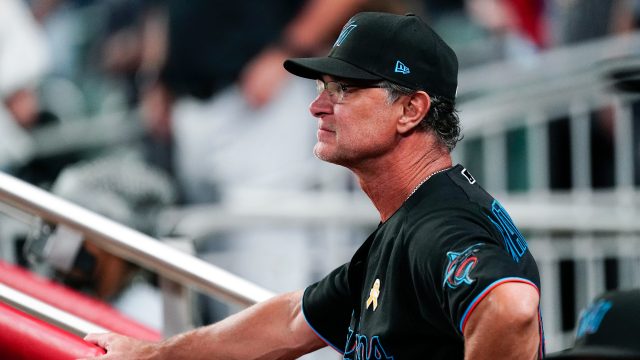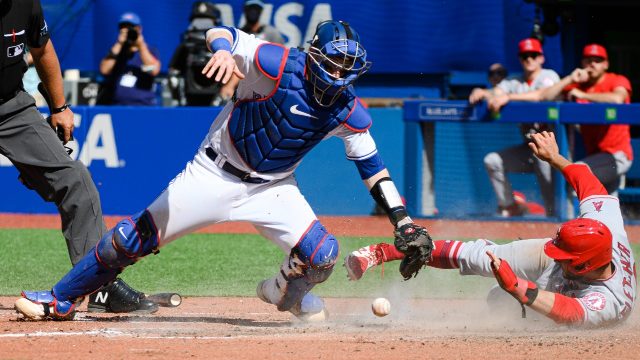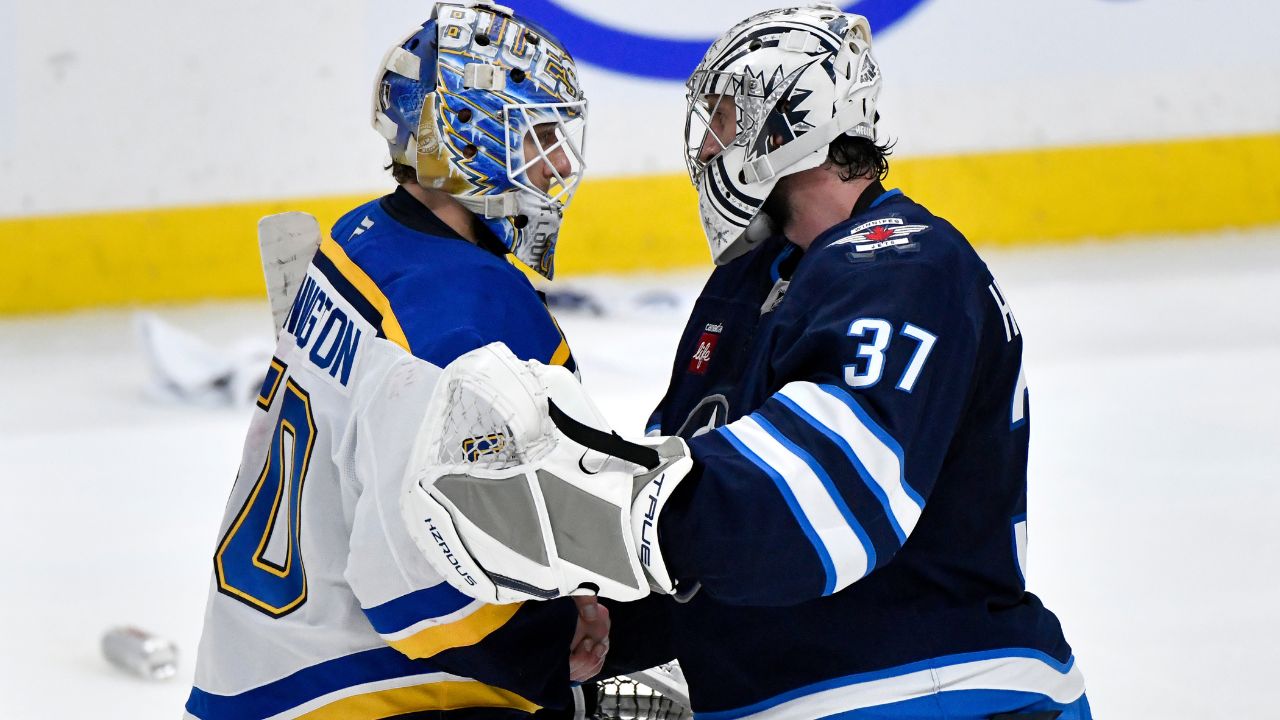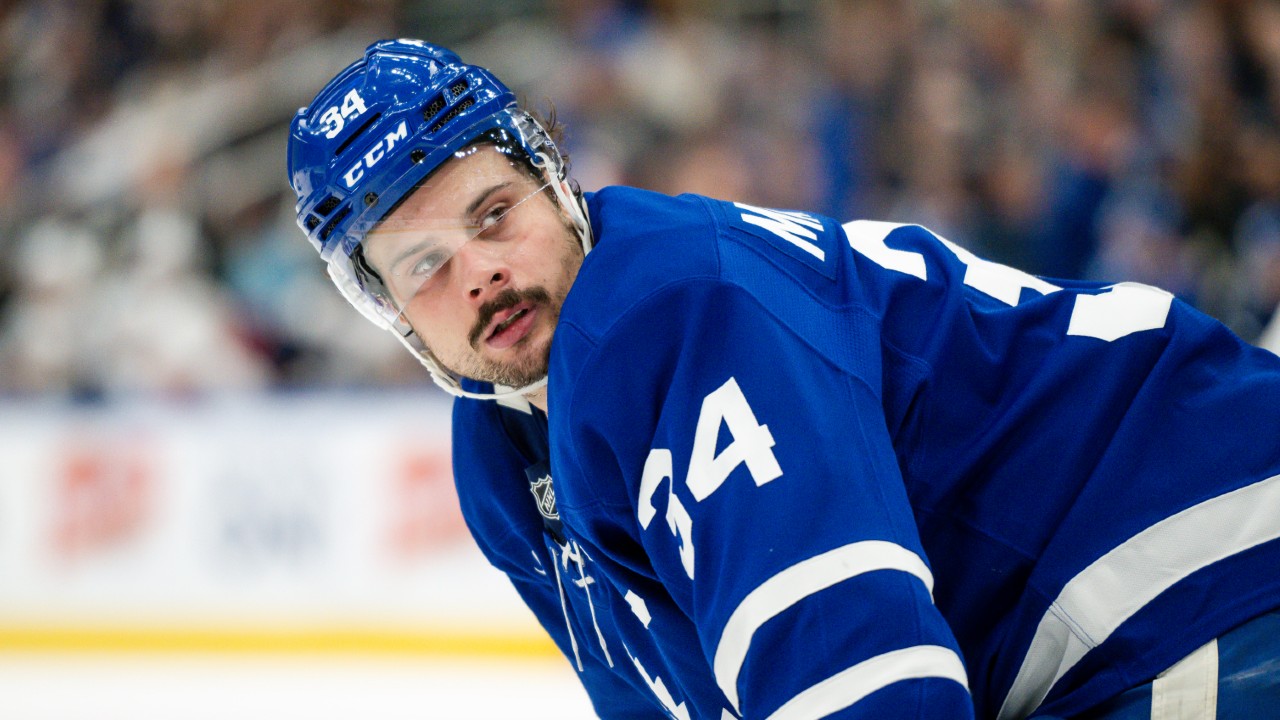
Pat Gillick has plenty of memories of Fred McGriff. Some are good and others are less than savoury.
Like the time his wife chided him for trading the left-handed slugger.
It was December of 1990 and Gillick, then general manager of the Toronto Blue Jays, was at an airport in Chicago, ready to depart the MLB winter meetings. He had just traded first baseman McGriff and shortstop Tony Fernandez to the San Diego Padres for second baseman Roberto Alomar and outfielder Joe Carter.
The trade hadn’t been announced yet, but Gillick felt it was imperative to inform his wife, Doris, before news got out.
That’s because McGriff was her favourite player.
Gillick called Doris on her cellphone and caught her while she was driving on the Queen Elizabeth Way in Toronto.
“I thought I’d better get a hold of you because it hasn’t been announced yet,” Gillick told her. “We just traded McGriff.”
There was a dead silence on the other end while Gillick dreadfully awaited the response.
“Why don’t you get home as soon as possible before you screw up the team anymore?” Doris finally answered.
Gillick can laugh about it now, as everything worked out and the trade ended up helping the Blue Jays get over the hump to capture their first World Series title. But dealing McGriff stung at the time because he was an important player during Gillick’s tenure as Blue Jays GM.
On Sunday, Gillick, along with the rest of the baseball world, will be paying attention to see if McGriff’s name makes headlines once again.
The Contemporary Baseball Era Players Committee will convene Sunday at the winter meetings in San Diego to decide if McGriff will earn induction into the Hall of Fame as part of the Class of 2023. He joins Albert Belle, Barry Bonds, Roger Clemens, Don Mattingly, Dale Murphy, Rafael Palmeiro and Curt Schilling on the list of candidates for consideration. (Results will be announced live on MLB Network Sunday at 8 p.m. ET.)
McGriff hit 493 career homers and posted a 52.6 career WAR over his 19 MLB seasons with the Blue Jays, Padres, Atlanta Braves, Tampa Bay Rays, Chicago Cubs and Los Angeles Dodgers. He was among the best power hitters of his generation and has no reported connections to performance-enhancing drugs, unlike some of his peers. A five-time all-star, McGriff won the home run crown in both the American and National Leagues and, at one point, logged seven straight seasons of 30 homers (he accomplished that feat 10 times total).
He debuted on the HOF ballot in 2010 and, despite his impressive numbers, McGriff’s BBWAA votes topped out at 39.8 per cent in 2019, his last year of eligibility. He’s a player whose recognition has fallen short of his contemporaries and Gillick has never been able to understand why.
“I really can’t put a finger on that,” Gillick said. “Five hundred homers used to be the magic number to get in the Hall for a hitter. He was pushing there at 493 and needed another seven home runs. He fielded the position very well. I’d say he’s an above average first baseman, defensively. And his career batting average (.284) and on-base percentage (.377) were great.
“He’s just fallen under the radar for some reason.”
For what it’s worth, Gillick believes McGriff, who spent his first five seasons with the Blue Jays, should be enshrined in the Hall.
“I do,” said Gillick, who was inducted into the Hall himself in 2011 as an executive. “I mean, look at the number of years he played in the big leagues. I think he has all the qualifications and then, he has longevity. He had quite a career in both leagues, which is unusual. He was productive.”
Sportsnet chatted with Gillick to take a trip down memory lane and hear some of his recollections of McGriff.
FINDING A GEM
Gillick took a trip to Florida in August of 1982 to watch a rookie-league game between the Blue Jays and New York Yankees’ Gulf Coast League clubs. He was there with Blue Jays scout Epy Guerrero to see promising 16-year-old right-hander Jose Mesa, who the team had signed out of the Dominican Republic.
It turned out a Yankees player snatched their attention immediately.
McGriff, an 18-year-old who stood at six-foot-three, clubbed a ball to right-centre field that went over the fence and onto the roof of the clubhouse, which was situated behind the diamond.
“It probably went 425 feet,” recalled Gillick. “And he was just a kid at that time.”
The GM was impressed and remarked to Guerrero that the next time he worked on a trade with the Yankees, Gillick should try to see if he could get McGriff included.
THE ULTIMATE THROW IN
Fast forward to the winter meetings that same year in Hawaii and the Yankees were expressing interest in Blue Jays reliever Dale Murray. Gillick managed to craft a package that would see Dave Collins and Mike Morgan coming to Toronto in exchange for Tom Dodd and Murray.
However, the deal was held up because he wanted the Yankees to throw in a third player.
Gillick figured that McGriff was low enough on the Yankees organizational depth chart at first base, especially since there was a hot prospect named Don Mattingly tearing up the upper levels of their minor-league system.
After going back and forth with Gillick, Yankees GM Cedric Tallis finally included McGriff in what ended up being a historically lopsided trade for his organization.
“You have to get lucky once in a while,” said Gillick. “I just happened to be there on the right day and Guerrero and I both saw [McGriff] and decided he would be a guy who would look good in a Blue Jays uniform.
“And, literally, three months later we’d be making a deal for him.”
DEVELOPMENT AS A BLUE JAY
Gillick and Guerrero’s instincts were spot on — McGriff turned out to be a special player. He steadily progressed in the Blue Jays’ system and, in 1987, during his first full season in the majors, McGriff smacked 20 home runs and posted an .881 OPS in 107 games.
“He was a guy that all of a sudden got his feet on the ground and took off,” said Gillick.
He launched 34 home runs the next year and in 1989, McGriff led the AL with 36 long balls to go along with a whopping 165 OPS-plus, which also led the AL and ranked fifth in the majors. The Blue Jays moved to SkyDome from Exhibition Stadium in June of that season and Gillick thinks that if the club stayed in their former home for the entire season, McGriff’s numbers would have been even better.
“If we’d have been in the old place, he probably would have hit 50 [home runs],” said the former GM. “The ball jumps at Exhibition Stadium more than it jumped in the SkyDome.”
PARTING WAYS
The Blue Jays lost to the Oakland Athletics in the 1989 AL Championship Series and failed to make the post-season in 1990, causing Gillick to re-evaluate his team. The GM decided that a change was needed and when John Olerud broke into the big leagues in 1990, it afforded Gillick some flexibility.
Olerud had been a designated hitter that year, with McGriff occupying first base. But Gillick felt that both men should be playing the field regularly. McGriff was an established slugger and would net more of a return in a trade, so, with Olerud more than capable of handling first, the GM looked at trading McGriff if he could acquire a right-handed bat in the deal.
The Padres, who had slugger Joe Carter, looked like a good fit, but Gillick was initially hesitant.
“I got to be honest with you,” he said, “I really don’t think I would’ve given up McGriff for Carter, one for one.”
Gillick placed a high value on left-handed hitters — “In constructing clubs, I’ve always tried to have at least four left-handed hitters in a lineup at any time,” he said — and was very familiar with Roberto Alomar, having pursued the switch-hitting infielder in Puerto Rico before he signed as an amateur free agent with the Padres in 1985.
The Blue Jays GM expanded the deal to include Alomar and added stalwart shortstop Tony Fernandez to balance things out.
The rest was history — the new-look Blue Jays went on to capture back-to-back World Series in 1992 and 1993, while McGriff continued to put up impressive power numbers for the Padres and then the dynasty Braves of the mid-90s.
“It was tough,” Gillick said of trading away McGriff. “First of all, he was a good teammate and good person — on and off the field. High-standard guy. Soft spoken. Easy to get along with.
“You have to give up a player with that makeup who has that physical ability and was very productive,” he added. “It was extremely difficult.”
A situation that’s made even more difficult when you’re trading away your wife’s favourite player.








